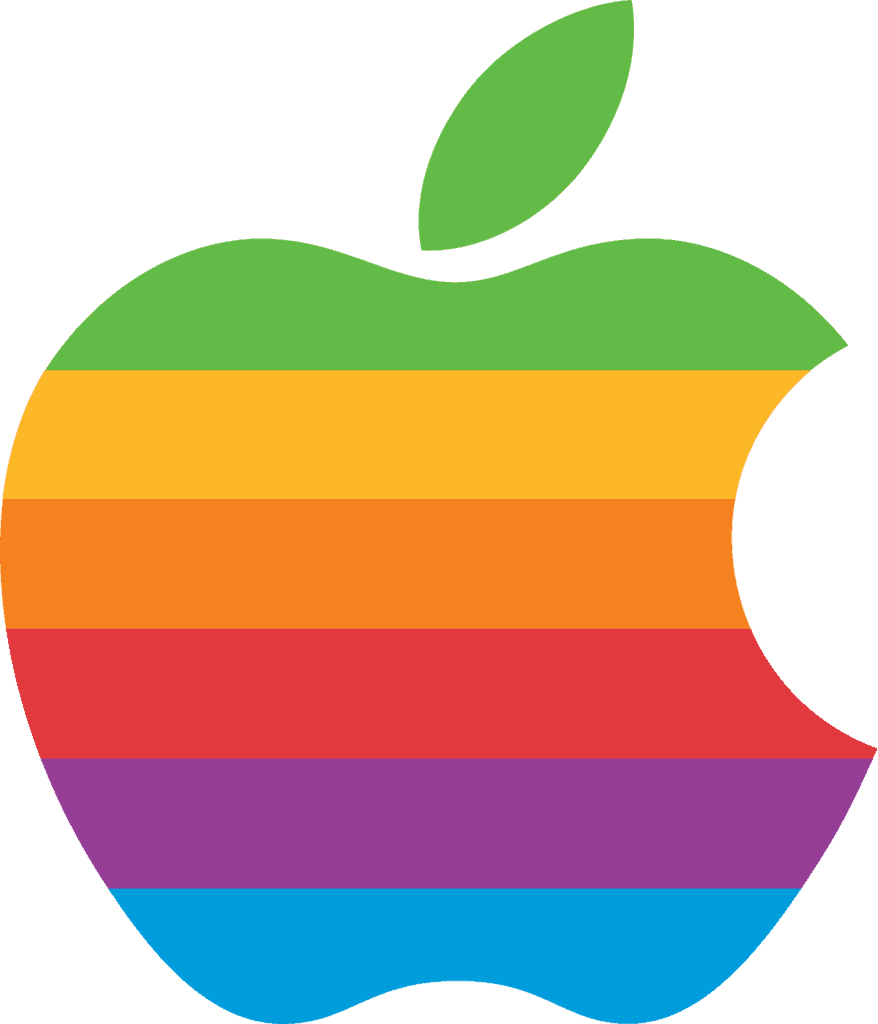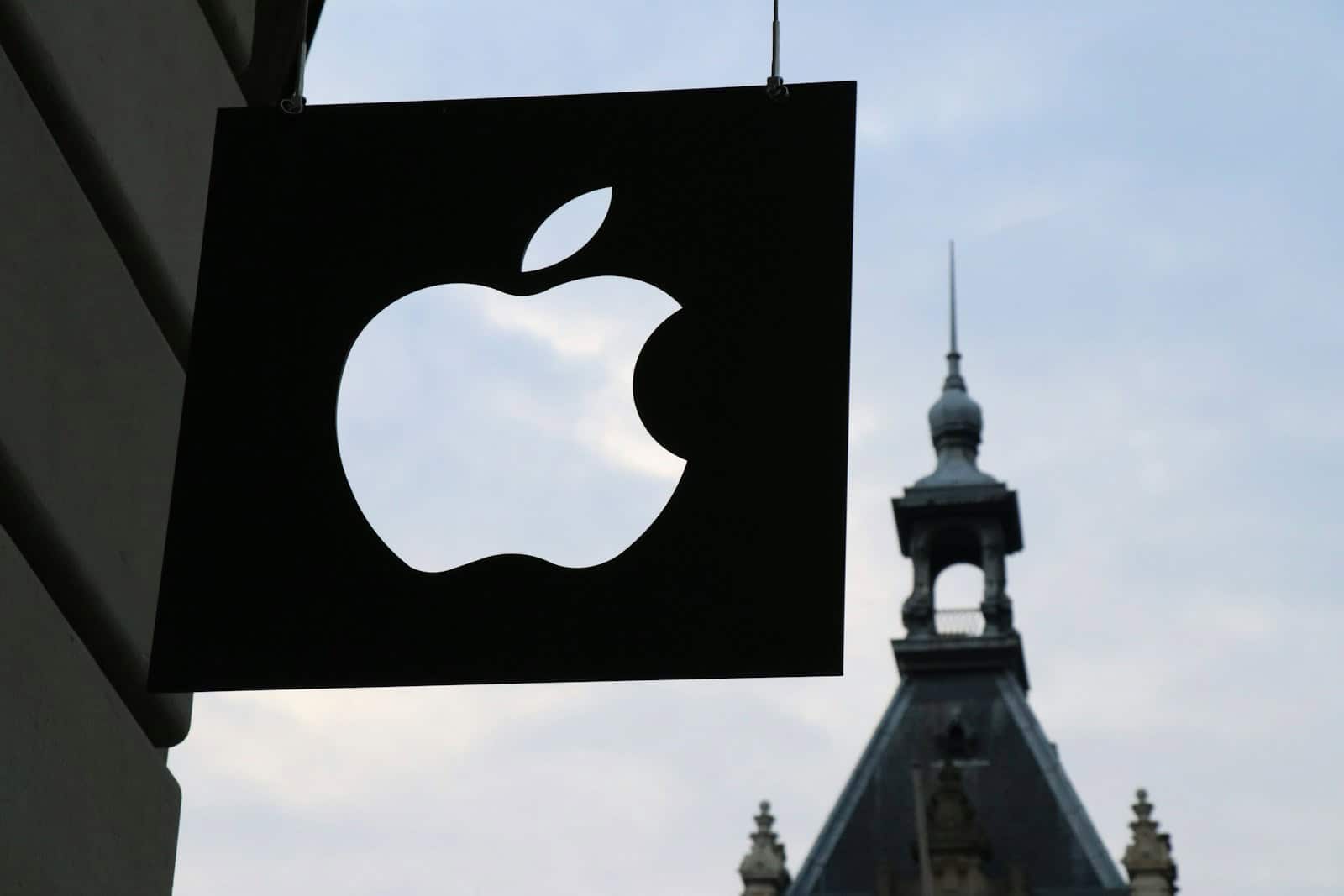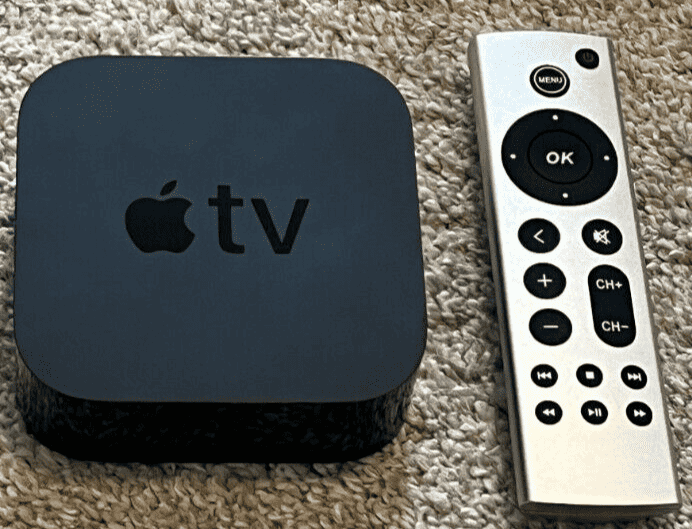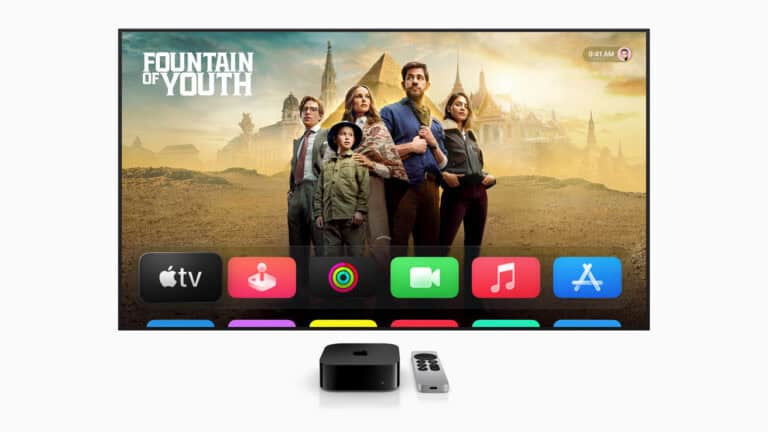In 1997, Apple launched the “Think Different” campaign at a critical moment in its history. The company was struggling, and their market share had dwindled. Steve Jobs had recently returned to Apple and needed a campaign to reinvigorate the brand. “Think Different” was more than a marketing strategy; it was a call to action and a reflection of Apple’s ethos. It celebrated the rebels, the visionaries, and the ones who see things differently, aligning these traits with Apple’s products.
The campaign featured black-and-white imagery of influential historical figures, which underscored the message that thinking outside the box could lead to extraordinary achievements. This was not merely an ad to sell products but an expression of Apple’s identity, designed to connect on an emotional level with consumers who valued creativity and innovation. Ultimately, the “Think Different” campaign marked the resurgence of Apple, solidifying its position as a leading innovator in the tech industry.
The Truth Behind Apple’s Think Different Campaign
Apple’s Think Different campaign, launched in 1997, is one of the most iconic advertising efforts in history. It didn’t just sell computers—it reshaped Apple’s brand identity and helped revive the company during one of its darkest periods. But what’s the real story behind the campaign? Let’s break it down.
🔹 1. The Context: Apple in Crisis (Mid-1990s)
By 1997, Apple was struggling:
- Sales were falling.
- Market share was shrinking.
- The company had lost its innovative reputation.
- Microsoft dominated the PC industry.
Steve Jobs had just returned to Apple after being ousted in the 1980s. He knew Apple needed more than new products—it needed a new identity.
🔹 2. The Birth of “Think Different”
- Created by TBWA\Chiat\Day, the same agency behind the famous 1984 Macintosh ad.
- Launched in September 1997 with TV spots, print ads, and billboards.
- Featured black-and-white images of cultural icons like Albert Einstein, Martin Luther King Jr., Amelia Earhart, and others who changed the world.
👉 The slogan was a direct challenge to the “Think” motto long used by IBM, Apple’s biggest rival.

🔹 3. The Real Message
The campaign wasn’t about specs or features. Instead, it positioned Apple as the brand for creatives, rebels, and visionaries.
- It told customers: If you see yourself as different, Apple is your brand.
- It reframed Apple from being a struggling computer company into a cultural movement.
- It was less about selling Macs and more about selling an identity.
🔹 4. The Impact on Apple
The results were dramatic:
- Boosted Apple’s brand value and loyalty.
- Helped pave the way for groundbreaking products like the iMac (1998), iPod (2001), iPhone (2007), and iPad (2010).
- Positioned Apple as a leader in innovation and creativity, not just technology.
📈 By April 1998, Apple reported its second straight profitable quarter after years of losses (source: MBA Knol).
🔹 5. Myths vs. Truths About the Campaign
| Myth | Truth |
|---|---|
| It was just an ad slogan. | It was a strategic rebranding effort that saved Apple’s image. |
| Steve Jobs wrote the campaign. | The creative team at TBWA\Chiat\Day developed it, though Jobs approved and championed it. |
| It immediately boosted sales. | The campaign rebuilt brand trust first, which later translated into sales. |
| It was about computers. | It was about people who think differently—and by extension, those who used Apple products. |
🔹 6. The Legacy of Think Different
Even today, Think Different remains a key part of Apple’s DNA. While Apple no longer uses the slogan, its spirit lives on in every product launch and marketing message: innovation, creativity, and challenging the status quo.
It’s a reminder that sometimes, the most powerful marketing doesn’t sell features—it sells a vision.
✅ Bottom Line
The truth behind Apple’s Think Different campaign is that it wasn’t just advertising—it was a lifeline. At a time when Apple was on the brink of collapse, the campaign redefined the company, inspired customers, and set the stage for Apple’s transformation into the world’s most valuable brand.
Key Takeaways
- Apple’s “Think Different” was a pivotal campaign introduced in 1997 when the company faced significant challenges.
- The campaign aligned Apple with iconic non-conformists to reflect the company’s innovative spirit.
- “Think Different” was a critical factor in revitalizing the Apple brand and its market success.
Concept and Creation of the ‘Think Different’ Campaign
The ‘Think Different’ campaign marked a significant turnaround for Apple in 1997, setting the stage for a new era under Steve Jobs’ leadership.
The Ideation and Conceptualization
The campaign began as a spark in the minds of the creative team at TBWA/Chiat/Day. The ad agency’s key figures, including art director Craig Tanimoto, copywriter Rob Siltanen, and creative director Lee Clow, challenged themselves to craft a concept that would capture the essence of Apple’s innovative spirit.
The Influence of Steve Jobs
Steve Jobs, returning as interim CEO, had a pivotal role in shaping the campaign. Jobs’ vision to honor the rebels, the geniuses and the visionaries reflected the core values he held for the company. He saw the campaign as a means to position Apple as the brand for creative thinkers.
Crafting the ‘Crazy Ones’ Narrative
The essence of ‘Think Different’ lay in the ‘Crazy Ones’ narrative, a story which celebrated those who saw the world differently. The script drew parallels between these transformative figures and Apple’s mission to push boundaries. It was not about the product but about a shared ethos, a common thread of innovation and breaking the status quo.
Securing the Tagline
“Think Different” was a tagline that embodied the campaign’s spirit, but its simplicity belied the work that went into securing it. Credit for the tagline goes largely to Craig Tanimoto, who played with the structure of the message to stand apart. The phrase was a direct challenge to convention—a succinct summation of Apple’s return to its creative roots.
Impact and Legacy of ‘Think Different’
Apple’s “Think Different” campaign marked a remarkable moment in advertising that went beyond selling products. It revived a struggling brand and reshaped its identity, leaving a lasting influence on the culture of innovation.
Turning the Tide for Apple
“Think Different” surfaced in 1997, a time when Apple faced serious financial challenges. The campaign played a pivotal role in Apple’s recovery, contributing to the successful launch of key products like the iMac. The message was clear: Apple champions those who change the world, aligning the brand with some of history’s great visionaries.
Cultural and Advertising Milestones
The campaign stood out with its use of black and white photographs of iconic figures including Albert Einstein, Bob Dylan, and Gandhi. It was not just an ad for Apple but a statement that celebrated creativity and the human spirit. This bold move earned Apple an Emmy award for best commercial.
Continued Influence on Apple’s Identity
Decades later, the core values presented in “Think Different” remain central to Apple’s brand identity. The campaign echoed through later product designs and marketing strategies, emphasizing innovation and a commitment to unconventional thinking.
Reflections on the Campaign’s Success
Apple’s ad campaign was more than marketing; it was a statement of the company’s ethos. It helped transform Apple from a computer company into a symbol of innovation and imagination. The legacy of “Think Different” is evident not only in Apple’s approach to product development but also in their ongoing influence on technology and culture.
Frequently Asked Questions
This section addresses some common curiosities regarding Apple’s ‘Think Different’ campaign, revealing the strategies and philosophies that steered its success.
What were the key factors contributing to the success of Apple’s ‘Think Different’ campaign?
Apple’s ‘Think Different’ campaign was a hit due to its inspiring message and focus on groundbreaking figures. It celebrated those who changed the world, which paralleled Apple’s aim for innovation.
How did the ‘Think Different’ campaign reflect Apple’s brand philosophy?
The campaign mirrored Apple’s commitment to innovation and nonconformity. By honoring revolutionary thinkers, Apple showcased its dedication to those who push boundaries.
Who were the iconic figures featured in the Apple ‘Think Different’ ads, and why were they chosen?
Icons like Albert Einstein, Martin Luther King Jr., and Mahatma Gandhi appeared in the ads. They were selected for their transformative contributions to society, embodying the campaign’s spirit.
In what ways did the ‘Think Different’ campaign impact Apple’s market position?
The campaign repositioned Apple as a leader in creativity and innovation. It helped to renew public interest in the brand and its products during a critical time.
What were the main messages conveyed through the ‘Think Different’ campaign’s quotes and imagery?
The quotes and imagery focused on challenging the status quo and embracing originality. They aligned with Apple’s vision of enabling people to think and act differently through their technology.
Can you describe the overall purpose and strategic approach of Apple’s ‘Think Different’ advertising campaign?
The purpose of the ‘Think Different’ campaign was to rejuvenate the Apple brand by associating it with influential thinkers. Its strategic approach was to appeal to consumers’ aspirations to be innovative and challenge conventional thinking.







